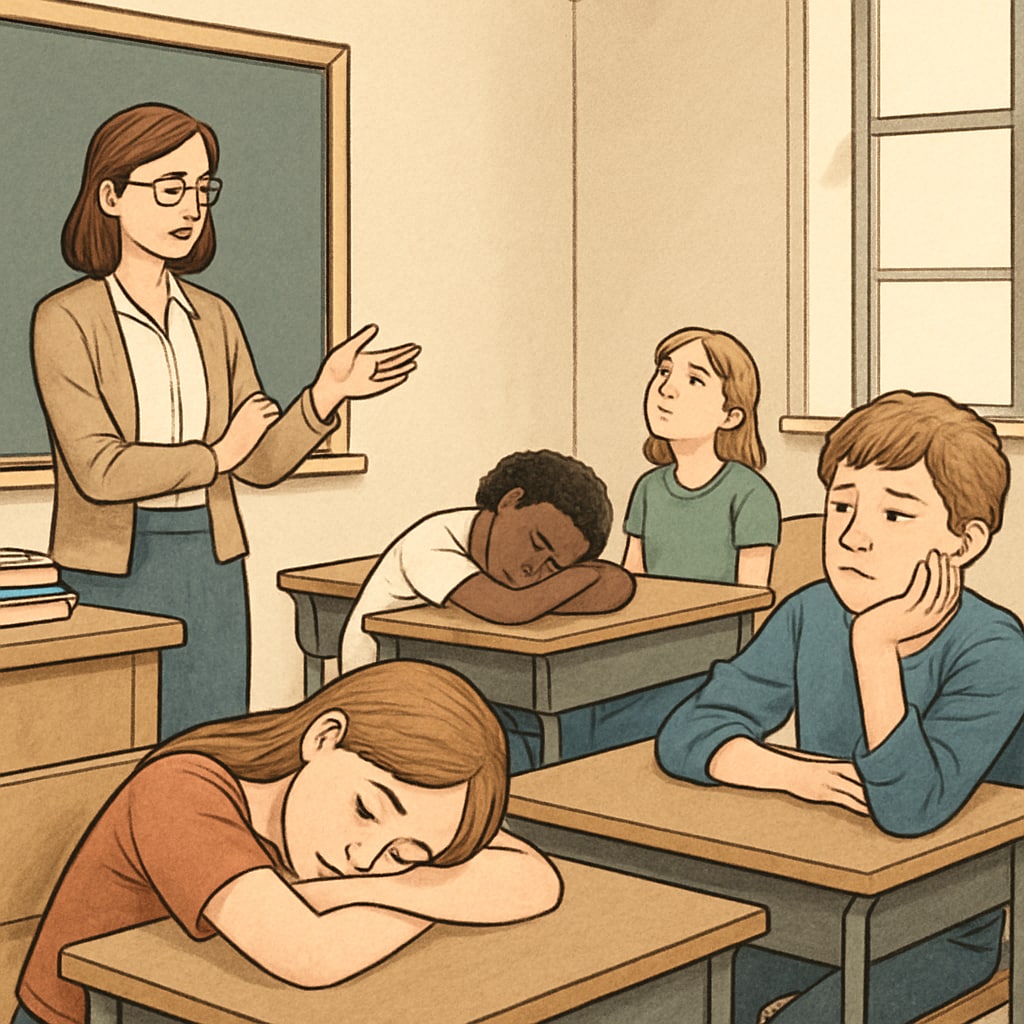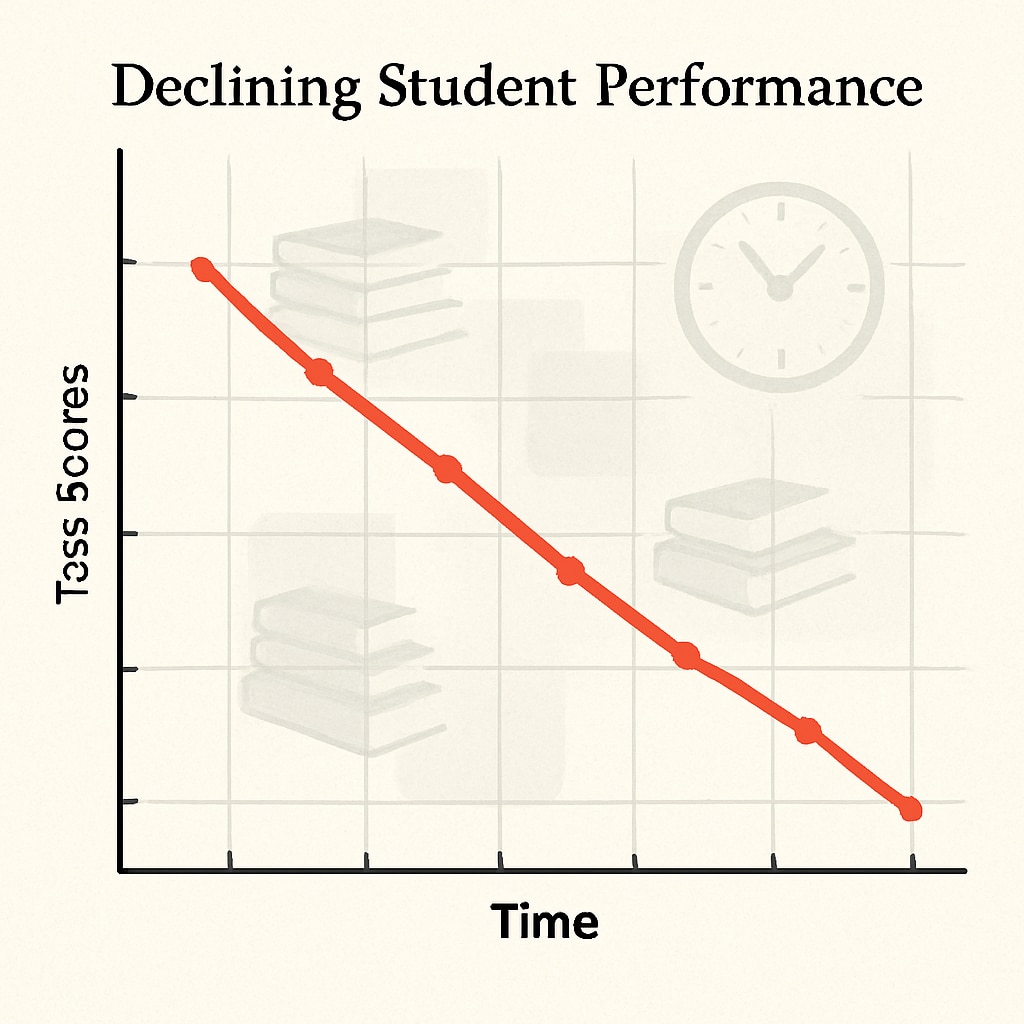Boredom is a pervasive issue in K12 education environments worldwide, as highlighted by cross-national research. Many students consistently report feelings of disengagement and lack of interest during class. This phenomenon, though often underestimated, poses serious challenges to effective learning and academic progress. In this article, we explore the causes, consequences, and potential solutions to student boredom, urging educators to treat it as a critical educational obstacle.
Understanding the Causes of Student Boredom
One fundamental question arising from studies is: why do students feel bored in educational settings? Several factors contribute to this phenomenon:
- Repetitive teaching methods: Over-reliance on rote learning and standardized testing often leaves little room for creativity or dynamic engagement.
- Curriculum rigidity: Many curriculums fail to accommodate diverse learning styles, leaving some students unable to connect with the material.
- Lack of relevance: Students often perceive lessons as disconnected from real-world applications, diminishing their motivation to learn.
- Technological distractions: The omnipresence of smartphones and social media can divert attention away from academic activities.
For example, a report by the Encyclopedia Britannica highlights how outdated teaching methods fail to resonate with modern learners. As a result, students disengage, leading to widespread boredom.

The Impact of Boredom on Learning Outcomes
Student boredom has far-reaching consequences beyond mere disinterest. Its impact on academic performance, social behavior, and mental health can be profound:
- Reduced learning retention: Students struggling to stay engaged may fail to absorb and retain critical information.
- Lower academic achievement: Persistent boredom can result in declining test scores and overall performance.
- Behavioral issues: Disengaged students are more likely to exhibit disruptive behavior in the classroom.
- Mental health risks: Chronic boredom can lead to feelings of frustration or even depression in some cases.
Cross-national studies, such as those cited by Wikipedia’s Education article, emphasize the importance of addressing boredom to improve global education outcomes.

Strategies to Combat Classroom Boredom
Thankfully, educators and policymakers can implement various strategies to alleviate boredom and foster a more engaging learning environment:
- Incorporate active learning: Techniques such as group discussions, hands-on projects, and interactive activities can significantly enhance student engagement.
- Personalize instruction: Tailoring lessons to match individual students’ interests and learning styles can make the material more relatable.
- Leverage technology: Utilizing educational apps, gamified learning tools, and multimedia resources can captivate students’ attention.
- Connect lessons to real-life applications: Demonstrating how academic concepts relate to everyday scenarios can inspire curiosity and motivation.
Educators must also foster a supportive classroom atmosphere that encourages students to voice their feedback and preferences for learning. This collaborative approach can help identify specific boredom triggers and address them effectively.
Conclusion: The Need to Prioritize Engagement
Boredom in K12 education environments is far more than a minor inconvenience—it is a significant barrier to learning that affects students across the globe. By understanding its causes and consequences, educators and policymakers can develop targeted strategies to combat disengagement and create classrooms that inspire curiosity and enthusiasm. Addressing this issue is not only essential for academic success but also for nurturing well-rounded, motivated individuals who are prepared to face the challenges of tomorrow.
As global research continues to uncover the widespread prevalence of student boredom, it is imperative to recognize it as an urgent educational challenge. Only by prioritizing engagement can we transform classrooms into spaces where students thrive.


